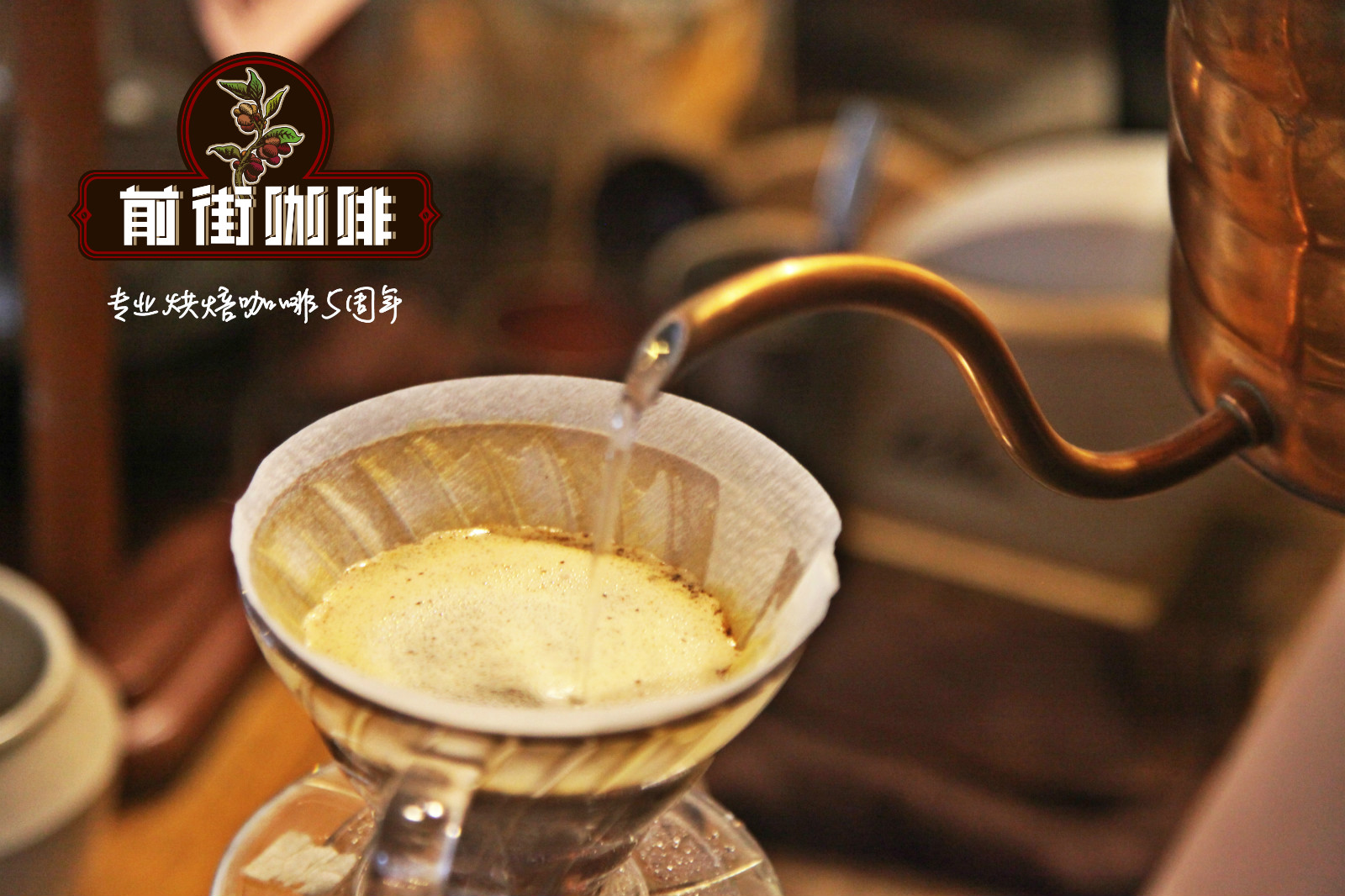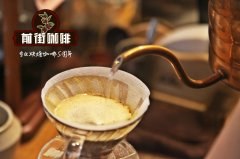La Lajas Manor has passed the Japanese JAS, American USDA and NOP organic certification.

Professional coffee knowledge exchange More coffee bean information Please pay attention to coffee workshop (Weixin Official Accounts cafe_style)
Lajas was also the first estate in Central America to begin honey and sun treatments. Solarization is a very traditional practice that uses minimal resources, but it is difficult to do well because of the many factors beyond your control. Francesca added many innovations, such as measuring the sugar content of the fruit with a Brix meter, which is often equipped in the wine industry, and determining the best time and treatment for harvesting according to Brix sugar content. The Brix value of ordinary fruits is 14 for apples, 12 for lemons and 18 for passion fruits, but Lajas coffee cherries can reach 21- 22%. Lahas not only sun, honey treatment, but also washed beans. The beans grown on the farm include Caturra, Catuai, Villa Sarchi, and a small number of Kenyan species SL28, Obata, etc.
Francesca's natural processing process is laborious. Hand-harvested cherries with high sugar content are placed in African elevated shelters for about 10 days in the sun, then placed in plastic sheeting greenhouses to create more direct heat and continue drying until the moisture content reaches 11.5%. The slow drying process allows the beans to develop more natural sweetness from the inside, but it also requires more careful care and careful calculation of the number of turns. Finally red in the coffee processed at Las Lajas, the owner of the estate divides the honey treated and sun treated coffee into different categories by the performance of flavor. In the case of honey treatment, Costa Rican farmers mostly control the amount of residual pulp by peeling machines at washing stations, but Las Lajas decided to adopt another method. That is, keep the highest percentage of pulp but control the exposure and stirring time on the African trellis to present different coffee flavor performance. In the honey treatment method, the estate will divide the coffee into yellow honey, red honey and black honey.
■ Yellow honey treatment:
After removing the peel, place it on an African trellis in the early morning and turn it immediately.
■ Red honey treatment:
After removing the peel, place it on an African trellis in the morning and expose it to the sun until noon.
■ Black honey treatment:
After removing the peel, place it on an African trellis in the morning and expose it to the sun until the afternoon.
■ Yellow Diamond
After removing the peel, one day the beans with pulp are scattered and placed on concrete to expose to the sun, and one day they are covered with black plastic cloth and allowed to stand under shade.
The sun treatment method uses plastic sheeting to shade many of the finer flavors
■ Black Pearl:
Harvested coffee berries are placed on African trellises in the early morning and regularly turned for insolation until the moisture content reaches 11.5%. The whole process takes about two weeks.
Black Soul:
Harvested coffee berries are placed on African trellises in the early morning. They are turned regularly one day and exposed to sunlight one day until the moisture content is 11.5% under the shade of plastic cloth. The whole process takes about three weeks.
At the same time, the manor owner strictly requires all processes to be planted and fertilized according to organic standards. The whole manor uses organic self-made compost, and the organic standards are extended to include soil, shade trees and washing treatment plant procedures. After many years of efforts, Las Lajas Estate has passed the Japanese JAS, the United States USDA and NOP organic certification. The cherries turn black and give off aromas of fruitcake, brown sugar and even sherry.
In Las Lajas estate, the estate owner divides the honey treated and sun treated coffee into a variety of different varieties by flavor performance. In the honey treatment method, Costa Rican farmers mostly control the residual pulp amount by peeling machines in washing stations, but Las Lajas estate decided to adopt another method, that is, to retain the highest proportion of pulp but control the exposure and stirring time on African shelves to present different coffee flavor performance. In honey processing, the plantation owner separates coffee into yellow honey, red honey and black honey.
However, honey processing is not about sweetness, but fullness!
Black Pearl is a whole coffee cherry sun-dried for two weeks, adding light tropical fruit aroma and richness
Black Soul is a whole coffee cherry sun-dried for three weeks, adding a thick fruity feel and a creamy chocolate throat.
END
Important Notice :
前街咖啡 FrontStreet Coffee has moved to new addredd:
FrontStreet Coffee Address: 315,Donghua East Road,GuangZhou
Tel:020 38364473
- Prev

La Lajas Manor has passed the Japanese JAS, American USDA and NOP organic certification.
Professional coffee knowledge exchange more coffee bean information please pay attention to the coffee workshop (Wechat official account cafe_style) Lajas is also the first manor in Central America to start honey treatment and natural sun treatment. Tanning is a very traditional practice, which uses the least resources, but because there are too many uncontrollable factors, it is very difficult to do well. Francesca has added a lot of innovation.
- Next

La Lajas Manor has passed the Japanese JAS, American USDA and NOP organic certification.
Professional coffee knowledge exchange more coffee bean information please pay attention to the coffee workshop (Wechat official account cafe_style) Lajas is also the first manor in Central America to start honey treatment and natural sun treatment. Tanning is a very traditional practice, which uses the least resources, but because there are too many uncontrollable factors, it is very difficult to do well. Francesca has added a lot of innovation.
Related
- Does Rose Summer choose Blue, Green or Red? Detailed explanation of Rose Summer Coffee plots and Classification in Panamanian Jade Manor
- What is the difference between the origin, producing area, processing plant, cooperative and manor of coffee beans?
- How fine does the espresso powder fit? how to grind the espresso?
- Sca coffee roasting degree color card coffee roasting degree 8 roasting color values what do you mean?
- The practice of lattes: how to make lattes at home
- Introduction to Indonesian Fine Coffee beans-- Java Coffee producing area of Indonesian Arabica Coffee
- How much will the flavor of light and medium roasted rose summer be expressed? What baking level is rose summer suitable for?
- Introduction to the characteristics of washing, sun-drying or wet-planing coffee commonly used in Mantenin, Indonesia
- Price characteristics of Arabica Coffee Bean Starbucks introduction to Manning Coffee Bean Taste producing area Variety Manor
- What is the authentic Yega flavor? What are the flavor characteristics of the really excellent Yejasuffi coffee beans?

